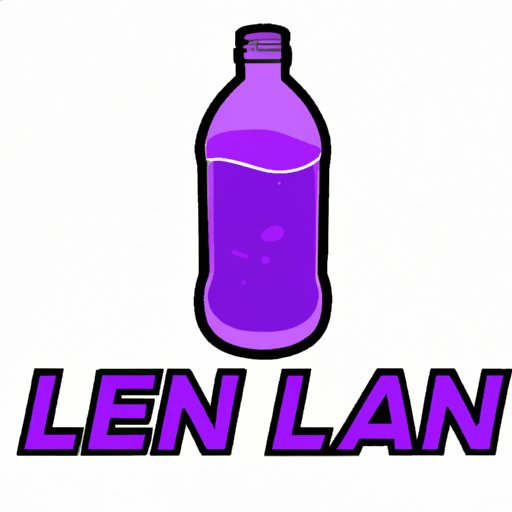Lean Drink: Understanding a Growing Trend
Lean drink, also known as purple drank, sizzurp, and dirty Sprite, has become increasingly popular in recent years. It started as a hip-hop subculture trend but has now become mainstream. Despite its popularity, there are many dangers associated with lean drink that users may not be aware of. In this article, we will explore what lean drink is, its effects on the body, potential risks, cultural significance, and strategies for quitting.
Overview of Lean Drink
Lean drink is a recreational drug that is a combination of prescription cough syrup containing codeine and promethazine, soda, and candy in some cases. The codeine in cough syrup is an opiate narcotic that can produce a sedative effect and can also create a euphoric high. Promethazine is an antihistamine that initially caused drowsiness but also intensifies the effects of codeine. Soda is used to dilute and mix the cough syrup, and candy is added for flavoring
Some people make lean drink by mixing cough syrup with energy drinks or alcohol, which increases the risk of adverse effects. The drink is usually purple in color due to the addition of liquid candy and is typically consumed in Styrofoam cups that have become an iconic symbol of the drink.
Lean drink is known for creating a relaxing, euphoric feeling, which is why it is so popular as a recreational drug. However, the effects of lean drink are dangerous and can be deadly.
Is Lean Drink Dangerous?
Lean drink can cause a range of health issues, including addiction, overdose, and long-term health problems. The combination of codeine and promethazine causes sedation and respiratory depression, which can lead to death. In high doses, lean drink can lead to slower breathing, seizures, and even coma. Prolonged use of lean drink can cause liver damage, brain damage, and cognitive impairment.
Moreover, addiction to lean drink is highly likely. Tolerance builds quickly, and the user must take more of the drink to achieve the same effect. Over time, the body becomes dependent on the codeine in the cough syrup, leading to physical addiction and withdrawal symptoms when the drug is not present in the body.
The History of Lean Drink
Lean drink originated in Houston, Texas, in the 1990s and has strong roots in hip-hop and pop culture. It was initially popularized in the southern hip-hop community, specifically by rappers such as DJ Screw and Three 6 Mafia. The drink has since spread to other areas of the US and has become famous in both rap music and in pop culture. Cross-references to the drink can be found in rap lyrics, pop songs, and social media platforms.
How to Quit Drinking Lean
Breaking an addiction to lean drink can be challenging, but it’s not impossible. The first step is to recognize that there is a problem and to seek help. Here are some tips to help quit drinking lean:
- Withdrawal can be severe and even life-threatening, so it’s essential to seek professional help to stop drinking lean.
- Detoxification should be done under medical supervision, as the withdrawal symptoms and possible seizures can cause complications.
- Counseling and support may be necessary to deal with the psychological aspects of addiction.
- Joining support groups or attend meetings with others who understand the addiction’s struggles can be highly beneficial.
Lean Drink and Popular Culture
Lean drink has gained popularity in popular culture, especially in music and fashion. Many rappers and singers, such as Lil Wayne, Future, and Justin Bieber, have referenced lean drink in their lyrics. The drink has also influenced fashion, as musicians and celebrities started wearing clothes with cup designs and lyrics related to the drink. There is ongoing debate on whether the drink’s promotion in the media glamorizes and legitimizes drug use.
Lean Drink and the Law
Lean drink is illegal in many countries, including the United States, where it is considered a controlled substance. Therefore, illegal possession, sale, and distribution of lean drink can result in criminal charges and legal consequences. In some states, cough syrup containing codeine is only available via prescription. However, in some countries, cough syrup containing codeine is available over-the-counter, making it easier for people to obtain the ingredients to make lean drink.
Conclusion
In conclusion, lean drink is a growing trend that poses many dangers and health risks to those who consume it. It is essential to recognize the addiction and get professional help to quit. Even though it has gained popularity in the music and fashion world, lean drink is illegal, and its promotion only legitimizes drug use. In order to protect our health and the health of loved ones, we need to speak out against this dangerous trend and seek help for those who are addicted.
